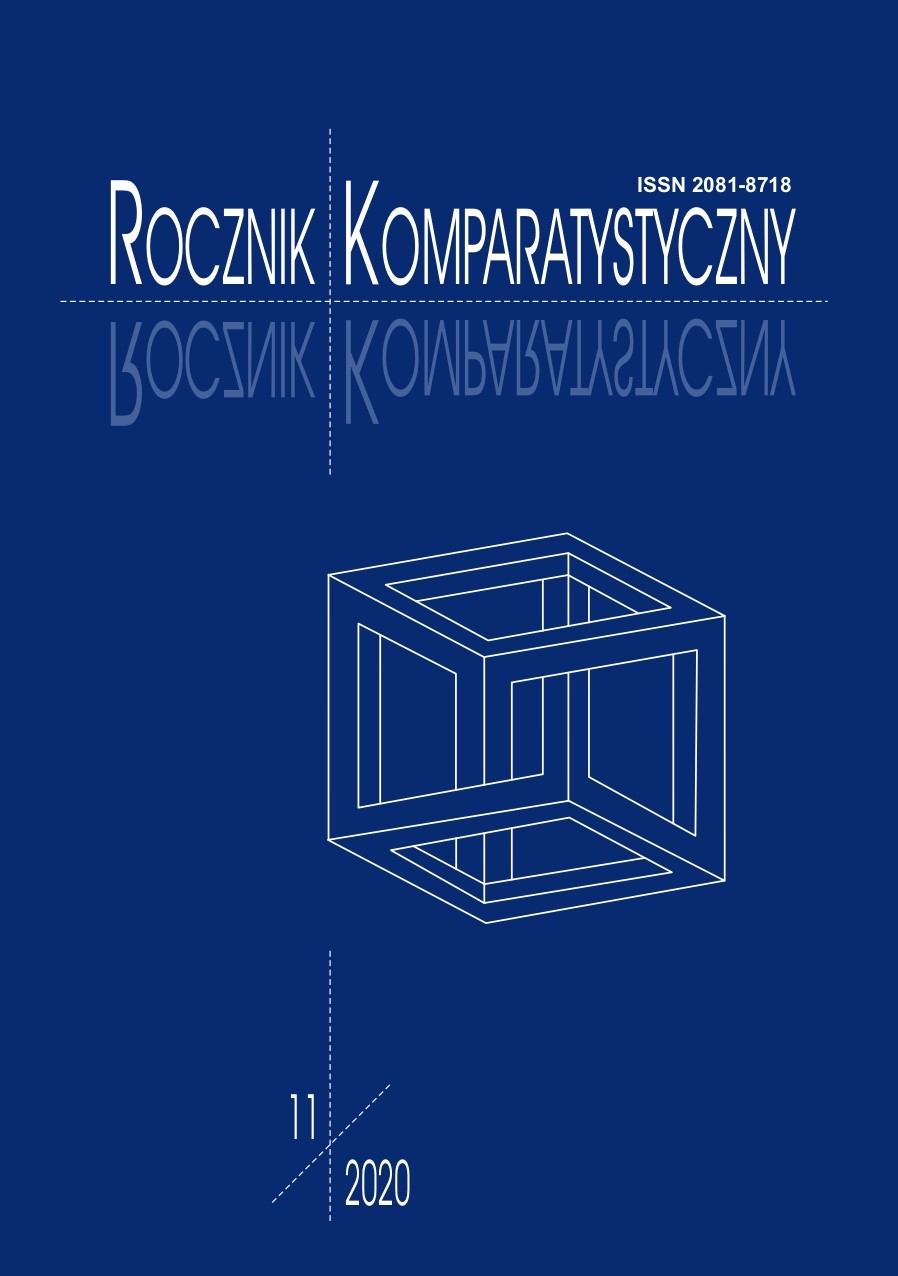Śladem kulturowego dziedzictwa melodramatu o charakterze tanecznym
Following the Cultural Heritage of Dance-like Melodramas
Author(s): Anna Reglińska-JemiołSubject(s): Theatre, Dance, Performing Arts, Fine Arts / Performing Arts, Theoretical Linguistics, Historical Linguistics, Comparative Linguistics, Film / Cinema / Cinematography
Published by: Wydawnictwo Naukowe Uniwersytetu Szczecińskiego
Keywords: melodramatic; musical; ballet; music video; popular culture; dance forms
Summary/Abstract: The proposal to look at the topic of melodrama through the prism of dance seems to be not only cognitively interesting, but also justified in terms of academic research. This theatre performance, established in the 18th century, becoming a new genre of popular art, clearly emphasized the close relationship between word, music and dance. The creators of melodramatic works tried to use all means of stagecraft, focusing on eye-catching forms of expression (stage machinery, scenery, costumes) or special effects framing the show’s spectacularity – including dance. We can find melodramatic themes in ballet performances (for example, referring to well-known novels: Leo Tolstoy, Anna Karenina, or by Alexander Dumas (son), The Lady with the Camellias). Dance plays an important role in Bollywood productions (the most common combination used by filmmakers is the musical and melodrama combination). We can already talk about a specific canon of film melodramas in which the main theme is dance (Dirty Dancing, 1987 starring Patrick Swayze; a role unforgettable for of today’s 40-year-olds). Following tracks of popular culture, we can also refer to the form of music videos, often in their narrative, close to the form of melodrama.
Journal: Rocznik Komparatystyczny
- Issue Year: 2020
- Issue No: 11
- Page Range: 81-95
- Page Count: 15
- Language: Polish

